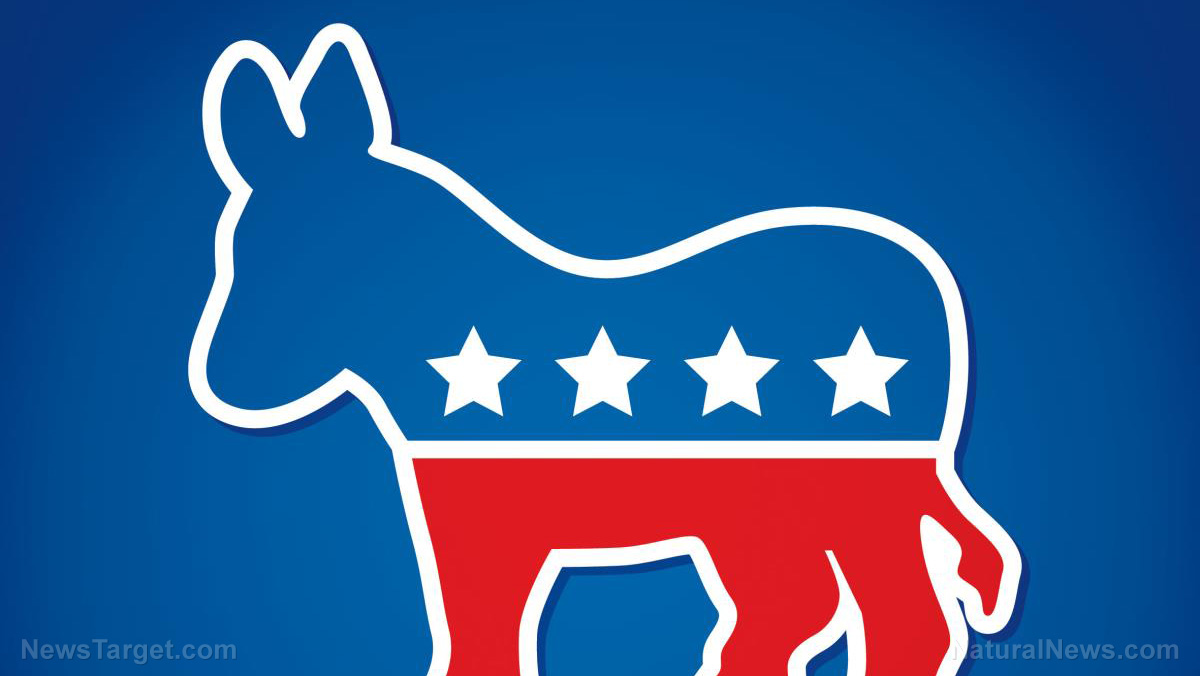
Latest polls show a huge change in the political landscape, with former President Donald Trump leading President Joe Biden in key swing states in America ahead of the 2024 presidential election. But the Democrats are particularly concerned about a recent poll regarding voter identification.
Democrats have had a solid advantage in voter identification in recent elections. But this advantage has since vanished, leading to a nearly even split between Americans identifying as Democrats versus Republicans.
Journalist Nick Arama wrote an article on RedState recently, talking about the significant shift in voter identification that favors the Republican Party as shown by the latest Pew Research Center findings. The Democrats have for decades enjoyed a lead in voter identification, with a noteworthy five percent more voters identifying as Democrats in comparison to Republicans in 2020.
But based on the Pew Research Center's analysis, which compared voter identification over the last 20 years up to 2023, 49 percent of voters now identify as Democrat or leaning Democrat, while 48 percent identify as Republican or leaning Republican.
The analysis also showed a change in political ideology among voters, with approximately 33 percent of respondents identifying as conservative or moderate in 2023, compared to only 23 percent identifying as liberal Democrats or leaning liberal.
This change indicates a crucial shift in the political affiliation of American voters, implying a more competitive outlook for Democrats who had earlier held a more considerable lead in the electorate association.
The consequences of this shift are serious, as it not only shows changing public sentiment but also predicts fierce competition in the forthcoming presidential election.
Expert says current demography of Republicans and Democrats more different than ever
As stated in the Pew Research Center report, Republicans have made serious gains among voters without a college degree, rural voters and White evangelical voters. On the other hand, Democrats have held onto major constituencies like Black voters and younger voters and have achieved progress with college-educated voters.
The report provides a window into how partisan identification, namely the party that voters tell pollsters they identify with, or lean toward, has moved over the past 30 years. The report groups independents, who are prone to behave like partisans even if they avoid the label, with the party they lean toward.
"The Democratic and Republican parties have always been very different demographically, but now they are more different than ever," said Carroll Doherty, the director of political research at Pew.
The effects of the trend, which has also turned up in party registration data among recently registered voters, remain unclear. However, partisan affiliation patterns do give clues to help understand how the changing alliances over the last quarter century have formed current political results.
During the Trump administration, the Democratic Party's association increased, helping to cause large victories in the 2018 midterm elections and a victory for Biden in 2020.
The Republican Party has long battled with the fact that there have mostly been fewer Americans who identified as Republicans than as Democrats.
After Barack Obama was reelected as president in 2012, the GOP made a report that determined that the party would need to expand its tent to include Black and Hispanic voters to be successful in future elections. Two decades later, the GOP has made slight advances with Black and Hispanic voters. (Related: Polls: Trump’s approval rating among Black and Hispanic voters the highest a Republican has enjoyed in 50 YEARS.)
But the increasing strength of Republicans with White working-class voters presents one of the largest shifts in America's political divisions over the past 15 years.
In the 1990s and early 2000s, Democrats had a small partisan identification advantage among voters without a college degree. Today, almost two-thirds of all White voters without a college degree identify as Republicans or lean toward the Republican Party.
Follow VoteRepublican.news for more stories about the GOP.
Watch the video below about the Democrats turning their backs on American working-class voters.
This video is from the NewsClips channel on Brighteon.com.
More related articles:
POLL: Immigration now the leading policy concern among U.S. voters.
Poll shows more young voters are turning away from Joe Biden in favor of Donald Trump.
Report: Democrats ready to hit the PANIC BUTTON as Trump gains steam and Biden falters.
Ballot cleansing: Democrats are moving to bar Republicans from ballots nationwide.
Sources include:
Please contact us for more information.




















